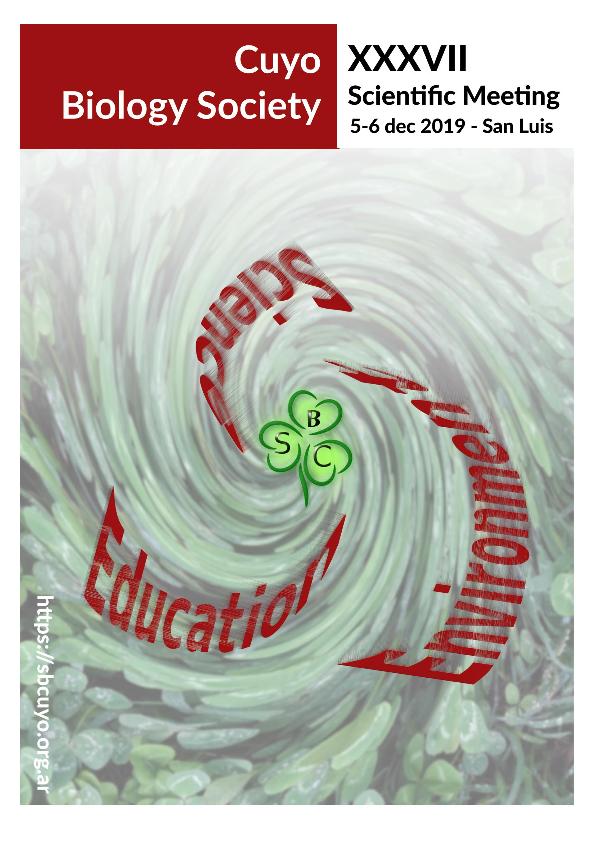Evento
A novel method for heavy metals determination in aerobiological samples.
Tipo del evento:
Congreso
Nombre del evento:
XXXVII Congreso de la Sociedad de Bilogía de Cuyo
Fecha del evento:
05/12/2019
Institución Organizadora:
Sociedad de Biología de Cuyo;
Título de la revista:
Biocell
Editorial:
Sociedad de Biología de Cuyo
ISSN:
0327-9545
e-ISSN:
1667-5746
Idioma:
Inglés
Clasificación temática:
Resumen
Atmospheric air carries a big number of particles and environmental pollutants coming from anthropogenic activities, to which people are exposed. Metal pollution has been increasing rapidly over the past century in relation to the growth of the human population‟s contaminants production. Thus, aero particles such as pollen grains may contain various trace elements, and their amounts vary from one species to another. They can present traces of metals such as lead (Pb), barium (Ba), and manganese (Mn), which are among the most common air and soil contaminants, and they are considered toxic to living beings. In the present work, we propose a simple and fast method for the multielement determination of traces in aerobiological samples. The sample of aeroparticles was obtained with a volumetric Lanzoni sensor, which is located on the terrace of the National University of San Luis. This device allows the capture of particles suspended in the air with a week periodicity, and with a suction flow of 10 L of air/min, similar to the volume of air inhaled by the human lung. The pollen content was analyzed for three months with continuous aerobiological sampling, in the atmosphere of the San Luis city, Argentina. Aerobiological samples were observed and readied with an optical microscope at 400X and they were identified through palynological atlases and with the palynotheque belonging to Aerobiology´s laboratory. For multielement determination, a mass spectrometer with inductively coupled plasma (ICP-MS) was used. The aeroparticle samples were subjected to acid digestion at 90°C for 1 h. The conditions of analytical determination were optimized. The nebulizer gas flow used was 0.85 L/min and the RF power was 1200 W. The pollination period studied was from February to April of 2019. with other pollen types, Chenopodiaceae and Artemisia were the most abundant in the atmosphere of San Luis during the analysis period. Linear regression models were used to analyze the metals vs. pollen content. Positive associations were found between Mn and Chenopodiaceae (r=0.86, P=0.0015). In the same sense, it was observed positive associations between Pb and Chenopodiaceae (r=0.78, P=0.0026). The maximum concentration values for Chenopodiaceae (30 pollen grains/m3 of air) were recorded in March, while the maximum values for Artemisia (11 pollen grains/m3 of air) were recorded in February. In this study, during the pollination period, an increase in the elemental content was observed. Therefore, the metals could be transported by aero particles such as pollen grains increasing respiratory disorders.
Palabras clave:
Pollen
,
Trace elements
,
Metals
,
ICP-MS
Archivos asociados
Licencia
Identificadores
Colecciones
Eventos(INQUISAL)
Eventos de INST. DE QUIMICA DE SAN LUIS
Eventos de INST. DE QUIMICA DE SAN LUIS
Citación
A novel method for heavy metals determination in aerobiological samples.; XXXVII Congreso de la Sociedad de Bilogía de Cuyo; San Luis; Argentina; 2019; 39-40
Compartir




